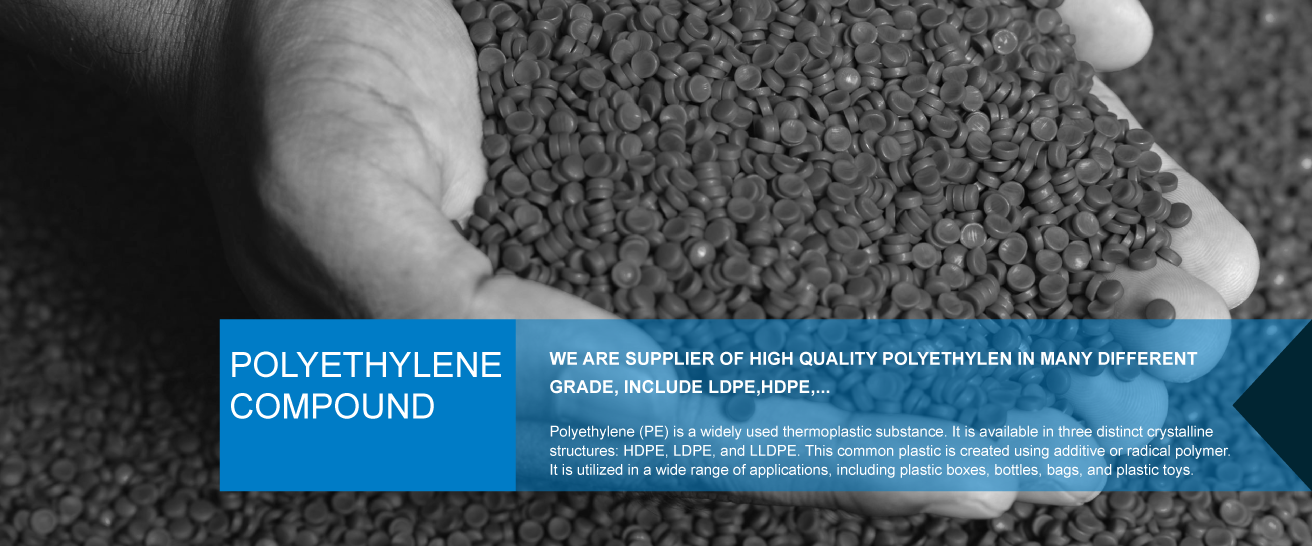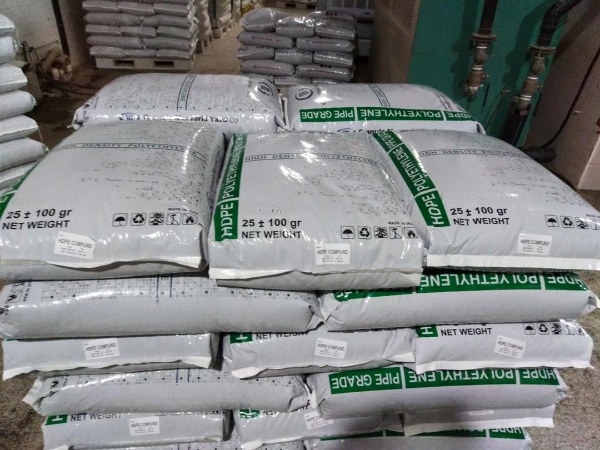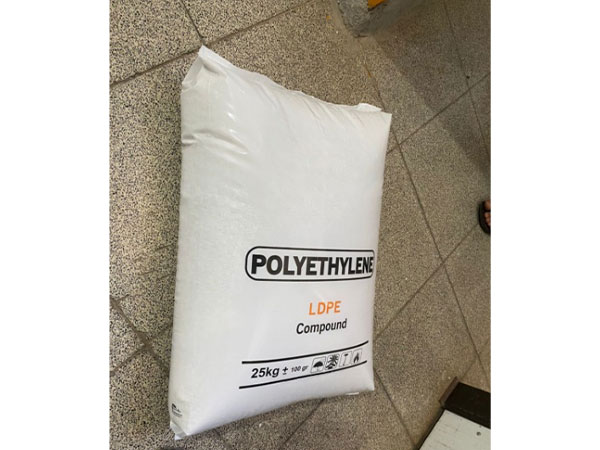
Polyethylene with a high density (HDPE)
High Density Polyethylene (HDPE) is a low-cost thermoplastic with a linear structure and little or no branching. It is produced at low temperatures (70-300°C) and pressures (10-80 bar) and is sourced from either natural gas modification (a methane, ethane, propane mix) or catalytic cracking of crude oil into fuel:
- Changing natural gas (a methane, ethane, and propane blend) or
- Catalytic pyrolysis of crude oil to produce gasoline
-CH2-CH2-CH2-CH2-CH2-CH2-CH2-
High Density Polyethylene Molecular Structure
HDPE is primarily manufactured using one of two methods: slurry polymerization or gas phase polymerization. High density polyethylene is durable at very low temperatures, is elastic, translucent/waxy, and weatherproof and also:
- High Density Properties Polyethylene: 120-140°C melting point
- HDPE density ranges from 0.93 to 0.97 g/cm3.
- Polyethylene with a high density Chemical resistance: Strong solvent resilience.
- Continuous temperature range: -50°C to +60°C, moderately rigid material with suitable temperature range
- Greater ultimate tensile as compared to other types of polyethylene
- Polymer with low cost and outstanding processability
- Excellent high susceptibility
- Outstanding electrical insulating characteristics
- FDA approved with very minimal water absorption
HDPE disadvantages:
- Susceptibility of stress cracking.
- Lower rigidity compared to polypropylene
- Mold shrinkage is really high.
- Low UV- and heat resistance
- Melting and joining at high frequencies are not conceivable.
However, several grades have been wisely updated and now provide somewhat better performance characteristics.


High Density Polyethylene Applications (HDPE)
HDPE is a good material for a wide range of applications across industries due to its excellent mix of features. High density polyethylene is widely used in a variety of applications, including:
- High Density Polyethylene is utilized in a variety of packaging applications such as crates, platters, milk and fruit juice containers, caps for food packaging, jerry cans, drums, commercial bulk containers, and so on. In such cases, HDPE gives a reasonable impact strength to the ultimate product.
- Consumer Goods – Due to its low cost and ease of processing, HDPE is a popular material in a variety of domestic goods such as waste containers, kitchenware, ice boxes, toys, and so on.
- Fibers & textiles – Because of its high tensile strength, HDPE is frequently used in smart agriculture such as ropes, fishing and sport nets, netting, and commercial and ornamental fabrics.
Due to its good chemical and hydrolysis opposition, other applications of HDPE involve pipes and fittings (pipelines for gas, water, wastewater, drainage, sea outfalls, industrial applicability, cable safeguards, steel pipe topcoat, assessment compartments and manholes for pipe sewage, etc.), automotive – fuel tanks, wiring & cables – sheeting of energy, wireless communications cables.
Overall, HDPE is more stiff than other versions (LDPE, LLDPE) due to high crystallinity (> 90%), but it is also less translucent.
